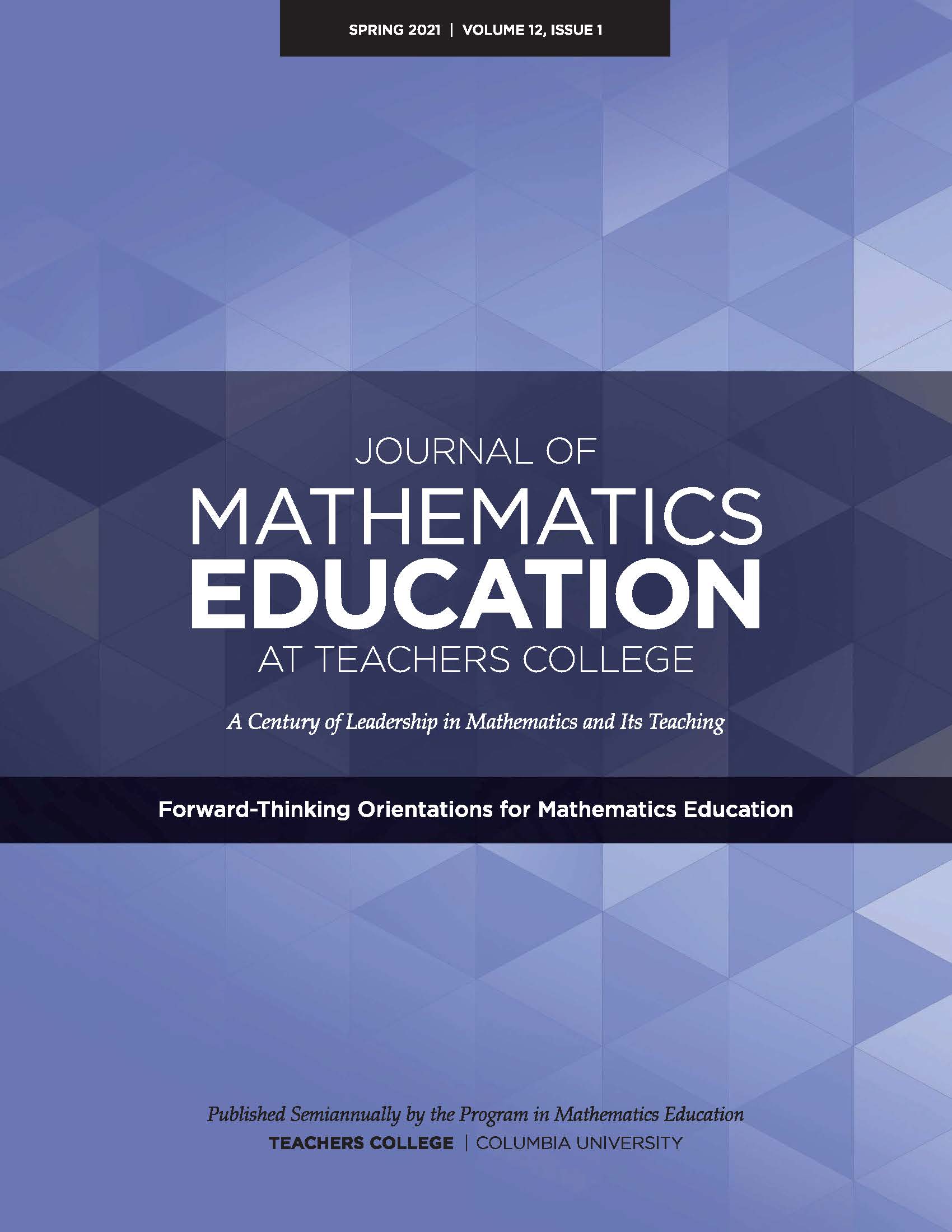Gerrymandering in the High School Classroom
Main Article Content
Abstract
Teaching gerrymandering in our high school geometry classrooms provides students with a unique opportunity to use mathematics to describe, analyze and make sense of the world around them. Our purpose is to provide our students the opportunity to apply learned definitions and formulas of area and perimeter to a sociopolitical context. We present a unit that we designed for teaching high school students about gerrymandering and describe how teachers may implement this unit in their classrooms. In this unit, students discovered the mechanics of gerrymandering. They made calculations and observations about area, perimeter, and the ratio of area to perimeter. They considered compactness as a potential tool to indicate gerrymandering. They used proportional reasoning to measure the fairness of the partisan split for a given map. We provide supporting examples of student work and discourse and make recommendations for future iterations of this unit.
Article Details

This work is licensed under a Creative Commons Attribution 4.0 International License.

